Introduction to PPR Pipe Installation
Why Choose PPR Pipes?
PPR (Polypropylene Random Copolymer) pipes have become a top choice for plumbing and heating systems due to their durability, chemical resistance, and ability to withstand high temperatures. These attributes make them suitable for both residential and commercial applications, ensuring long-lasting performance and reliability.
Preparation Before Installation
Before starting the installation process, it’s essential to gather all necessary tools and materials. This includes PPR pipes and fittings, a pipe cutter, a fusion welding machine, measuring tape, and safety equipment. Proper preparation helps ensure a smooth and efficient installation process.
Step-by-Step Installation Process
Measuring and Cutting PPR Pipes
Accurate measurement is the first crucial step in the installation process. Use a measuring tape to determine the required length of PPR pipe, and mark the cutting points clearly. Once measured, cut the PPR pipe using a specialized pipe cutter designed for PPR materials. This ensures a clean and precise cut, which is vital for a secure fit.
Preparing the Pipe Ends
After cutting the pipes to the desired lengths, prepare the pipe ends for welding. This involves cleaning the ends to remove any debris or burrs that could interfere with the welding process. Use a clean cloth or a specific cleaning solution to ensure the ends are smooth and free of contaminants.
Heating and Fusion Welding
The core of PPR pipe installation lies in the fusion welding process. Start by setting up the fusion welding machine and allowing it to reach the appropriate temperature, usually around 260°C. Once heated, insert the pipe and fitting into the welding machine simultaneously, ensuring they are properly aligned.
Joining the Pipes and Fittings
After heating for the specified time (usually a few seconds), quickly remove the pipe and fitting from the machine and join them together. Apply firm and even pressure to ensure a tight and secure bond. Hold the joint steady for a few seconds to allow the materials to fuse properly. This process creates a permanent and leak-proof connection.
Ensuring Proper Installation
Checking for Leaks
After completing the welding process, it is crucial to check for leaks. Allow the system to cool down and then run water through the pipes at normal pressure. Inspect all joints carefully for any signs of leakage. If leaks are detected, reheat and rejoin the affected areas.
Insulating PPR Pipes
In some applications, especially those involving hot water systems, insulating the PPR pipes is essential to prevent heat loss and improve energy efficiency. Use appropriate pipe insulation materials to wrap the pipes, ensuring they are fully covered and protected.
Supporting and Securing the Pipes
Proper support and securing of PPR pipes are vital to prevent sagging and potential damage over time. Use pipe clips or brackets at regular intervals to secure the pipes in place. Ensure that the supports are evenly spaced and provide adequate stability.
Conducting a Final Inspection
After completing the installation, conduct a thorough inspection of the entire piping system. Check for proper alignment, secure joints, and adequate support. This final inspection ensures that the installation meets all safety and performance standards.
Maintenance Tips for PPR Pipes
Regular Inspection
To maintain the longevity and efficiency of PPR pipes, conduct regular inspections. Look for any signs of wear, corrosion, or leaks. Early detection of issues can prevent major problems and costly repairs.
Cleaning and Flushing
Periodically clean and flush the PPR piping system to remove any sediment or buildup that could affect performance. Use appropriate cleaning solutions and follow manufacturer recommendations for safe and effective maintenance.
Professional Servicing
For complex systems or when significant issues arise, consider professional servicing. Experienced plumbers can provide thorough inspections, maintenance, and repairs to ensure the PPR piping system remains in optimal condition.
Conclusion:
Benefits of Proper Installation
Proper installation of PPR pipes ensures a reliable and long-lasting plumbing system. By following the correct procedures, from measuring and cutting to fusion welding and securing, you can achieve a system that performs efficiently and safely.
Long-Term Performance
With regular maintenance and careful inspection, PPR pipes can provide excellent performance for many years. Their durability, combined with the proper installation techniques, makes PPR pipes a cost-effective and dependable choice for a wide range of applications.
By understanding and following these installation steps and guidelines, you can ensure that your PPR piping system meets the highest standards of quality and reliability.
IFAN is a Chinese manufacturer of plastic pipes, fittings and valves with 30 years of experience. If you are interested in IFAN copper fittings, copper valves, plastic pipes and fittings, please contact us. IFAN offers you a variety of standard pipes to meet your specific needs. Click below to learn more about IFAN’s wide range of affordable and cost-effective valve products and piping system related products.
We will reply your email or fax within 24 hours.
You can call us at any time if there is any question on our production.
For more information,pls visit our webside https://pipefittingpro.com/
Pls Mailto: [email protected]
Whatsapp: + 86 19857948982

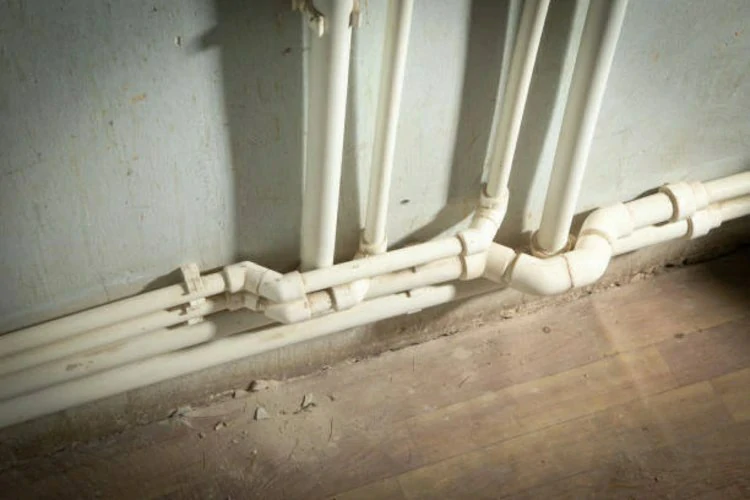
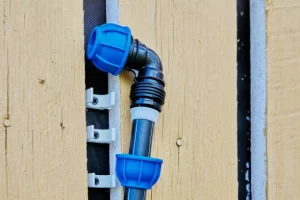
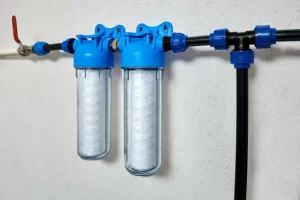
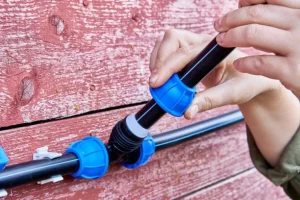
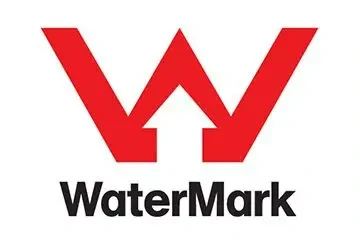

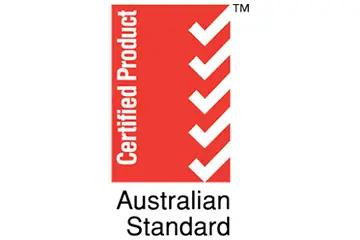
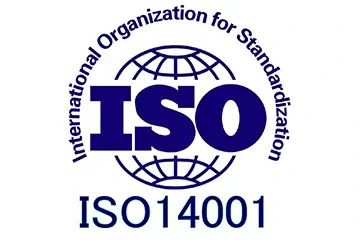

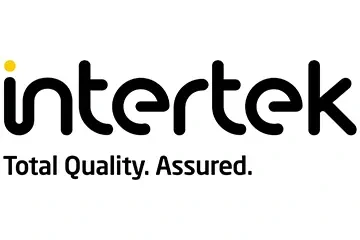


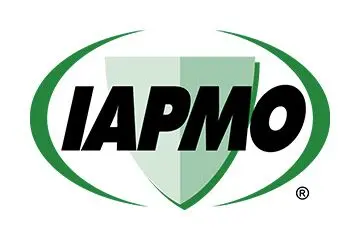
Recent Comments